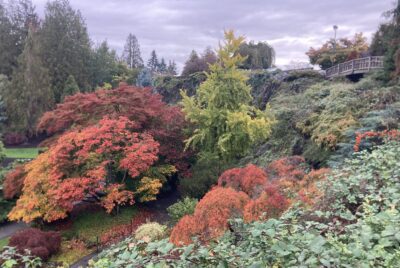RESEARCH
Changes in Horticultural Therapy Education in Japan: Possibility of Recurrent Education after Covid-19
Summary
This paper outlines the history and current challenges of horticultural therapy education in Japan. It explains how the field grew rapidly between 1990 and 2010, with the launch of many educational programs and the establishment of professional associations. However, over time, university-based programs started to close because of high costs, complex training requirements, and difficulties in securing jobs for graduates. Horticultural therapy involves both classroom and fieldwork training, which made it difficult for universities to manage. It also became clear that young undergraduate students may not yet have the life experience or dedication needed for this deeply interpersonal profession.
The authors suggest that horticultural therapy education may be better suited for adults who return to school after gaining work experience—what’s called “recurrent education.” This approach could attract professionals from fields like healthcare, social work, and education who want to add therapeutic horticulture to their skillset. The COVID-19 pandemic, while disruptive, opened opportunities for online learning and increased public interest in nature and gardening. The authors believe this is the perfect time to rethink how horticultural therapy is taught and valued in Japan, especially by making it more accessible and giving it the professional recognition it deserves.







